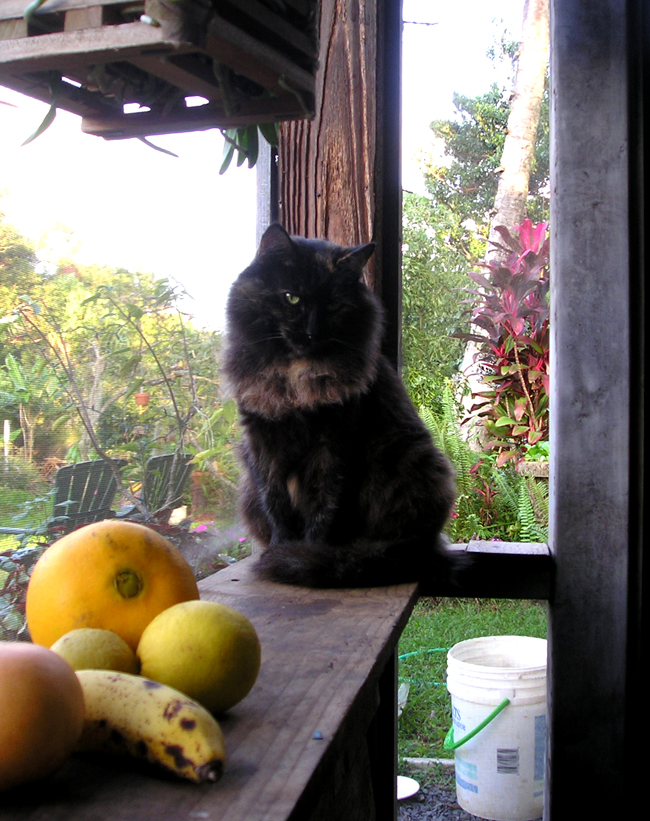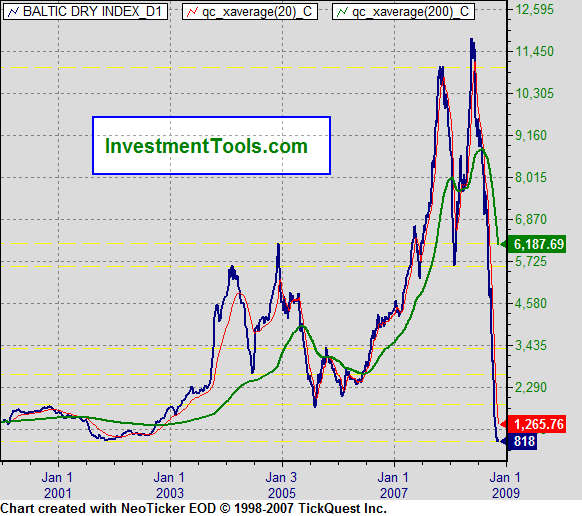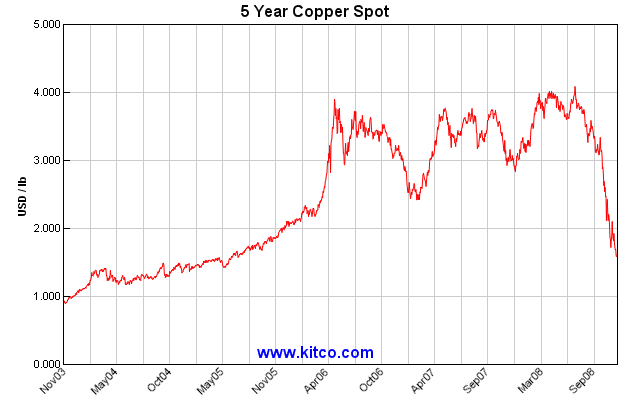Sweet potato salad. No guilt necessary.
My local grocery store in Walnut Cove has North Carolina sweet potatoes on sale for 29 cents a pound. I bought some last week and baked ’em and mashed ’em with cinnamon. They were so good I went back and bought a bunch more, wondering what to do with them. An idea for an experiment dawned on me: make some sweet potato salad and try it out on my mother and brother, who were coming up for lunch on Wednesday.
Why sweet potato salad? Part of my theory of eating is that, especially at a certain age, we all should eat like diabetics even if we’re not. It’s not surprising that white potatoes are a high-glycemic food, not good for diabetics. It is very surprising, though, that sweet potatoes are a low-glycemic food, good for diabetics. The North Carolina Sweet Potato Commission claims, with good evidence, that the sweet potato is the most nutritious of all vegetables. They’re rich with Vitamins A and E, lycopene and potassium.
Thus the sweet potato is an important staple in the winter for those who, no matter how far from the Mediterranean, want to follow the Mediterranean diet. In fact, says the Washington Post, a low-glycemic diet and the Mediterranean diet are pretty much the same thing.
Now is as good a time as any to try to summarize my theory of diet and health.
1. Read Michael Pollan.
2. Adapt the Mediterranean diet to your location and tastes.
3. Follow a low glycemic diet.
4. Eat in such a way that your blood pH is neutral (you’ll need to do some research on this).
5. Keep your body’s net level of inflammation low with the anti-inflammation diet (you’ll need to do some research on this). Your overall level of inflammation can be measured with the C reactive protein test. Some doctors seem to give this test routinely, but you may have to ask for it.
6. Manage your oil and fat intake and your omega-3 omega-6 balance such that your cholesterols stay at the vein-washing, rather than vein-clogging, levels. Flax seed oil is your friend.
7. Maintain a level of fitness such that your resting pulse is below 75 beats per minute.
8. Maintain a body mass index of 23 or lower.
This is not a quirky diet. It’s not an expensive diet. It’s not a limited diet. These principles are not whims; they’re all backed up by good research. It’s easy to Google for these terms and see why these principles are important. Steps 4 and 5 will make perfectly clear what foods are good for you and what foods are not good for you.
Now, about the sweet potato salad. Make it just the same as you would make regular potato salad, but use sweet potatoes instead of white potatoes. To cook the sweet potatoes, put them whole and unpeeled on a cookie sheet, and bake them at 350 degrees for about an hour. Take them out of the oven and let them cool down. When they’re cool enough to touch, pick the skin off and cut the potatoes into cubes. This is much easier than peeling and boiling the potatoes, and the nutrients don’t get washed away.




